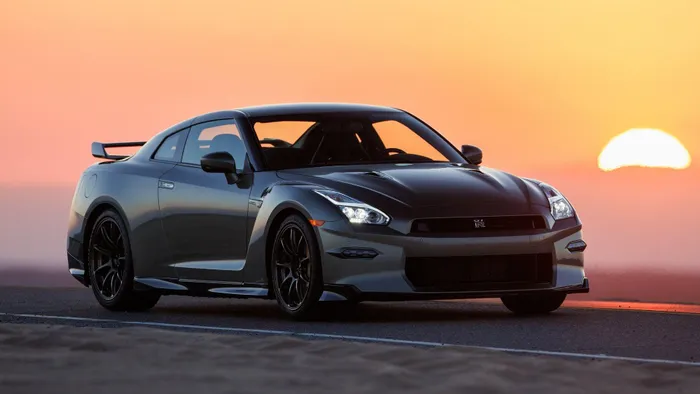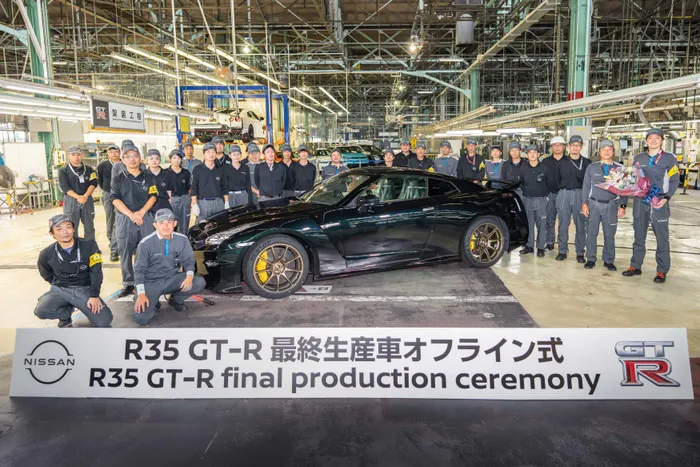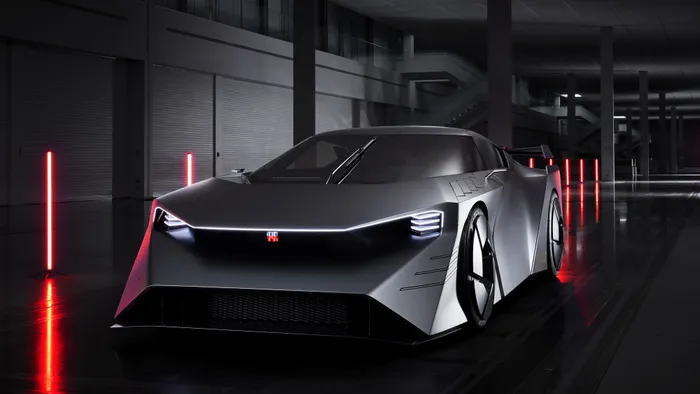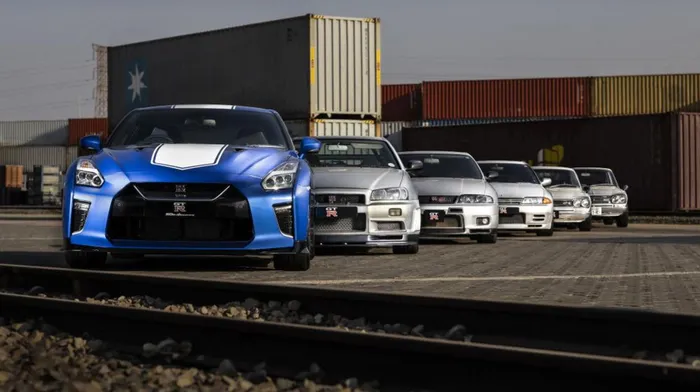Goodbye for now Godzilla: Nissan GT-R bows out after 18 years, but will there be a new one?

Nissan intends to replace the GT-R, but not in the immediate future.
Image: Supplied
It’s hard to believe that the Nissan GT-R supercar has been around for 18 years already, making it one of the longest-running cars of the modern era.
But, as they say, all good things must come to an end, and this week saw the last R35-generation GT-R roll off the assembly line in Tochigi, Japan.
The GT-R had already been discontinued for overseas markets, with the final 2025 model year variant being offered exclusively in its home market of Japan.

Production of the GT-R ended this week.
Image: Supplied
But is it really the end of the road for the iconic GT-R nameplate that has adorned various performance models since 1969? Not if Nissan CEO Ivan Espinosa gets his way.
“To the many fans of the GT-R worldwide, I want to tell you this isn’t a goodbye to the GT-R forever, it’s our goal for the GT-R nameplate to one day make a return.”
Nissan said it remains committed to reimagining the GT-R for a new generation, which must be something truly special.
“We understand the expectations are high, the GT-R badge is not something that can be applied to just any vehicle; it is reserved for something truly special and the R35 set the bar high. So, all I can ask is for your patience. While we don’t have a precise plan finalized today, the GT-R will evolve and reemerge in the future,” Espinosa added.
Rumours of a GT-R successor have been circulating for years, but at this stage no official or concrete information on such a car has been released by Nissan.
Many rumours have pointed to the replacement model being fully electric, with technology possibly previewed by the wild-looking Nissan Hyper Force Concept car of 2023. Its introduction could coincide with the anticipated introduction of Nissan’s solid state battery production that could come on stream towards the end of this decade.

The Nissan Hyper Force Concept could point to a new GT-R.
Image: Supplied
Since entering production in 2017, the R35 Nissan GT-R was never given a significant ‘midlife’ upgrade, but was instead continuously improved through each model year.
Its VR38DETT twin-turbo V6 engine saw its maximum power rise from 353kW at launch, up to 419kW from the 2017 model year onwards, while the heavily modified GT-R Nismo model, using track-honed technologies, upped the ante to 441kW.
Nissan produced a total of 48,000 R35 GT-Rs over 18 years, and remarkably, all of the engines were hand-assembled by a core team of just nine craftsmen, called Takumi. You’ll find their names on a plaque attached to each of the engines.
The GT-R also made a name for itself on the track, with five GT500 class wins in Japan’s Super GT Championship, five Super Taikyu Japanese endurance race wins and a Bathurst 12-hour victory in 2015. Following numerous impressive runs on the Nurburgring over years, the GT-R Nismo also broke the production car track record in 2020, with a time of 59.361 seconds.

The GT-R has a long and proud heritage.
Image: Supplied
While the GT-R has only existed as a standalone supercar since 2007, its name has been used on iconic performance versions of the Skyline since 1969, with the R32 and subsequent versions of the 1990s being dubbed “Godzilla” and being immortalised in popular video games as well as movies such as Fast and Furious.
IOL Motoring
Related Topics: